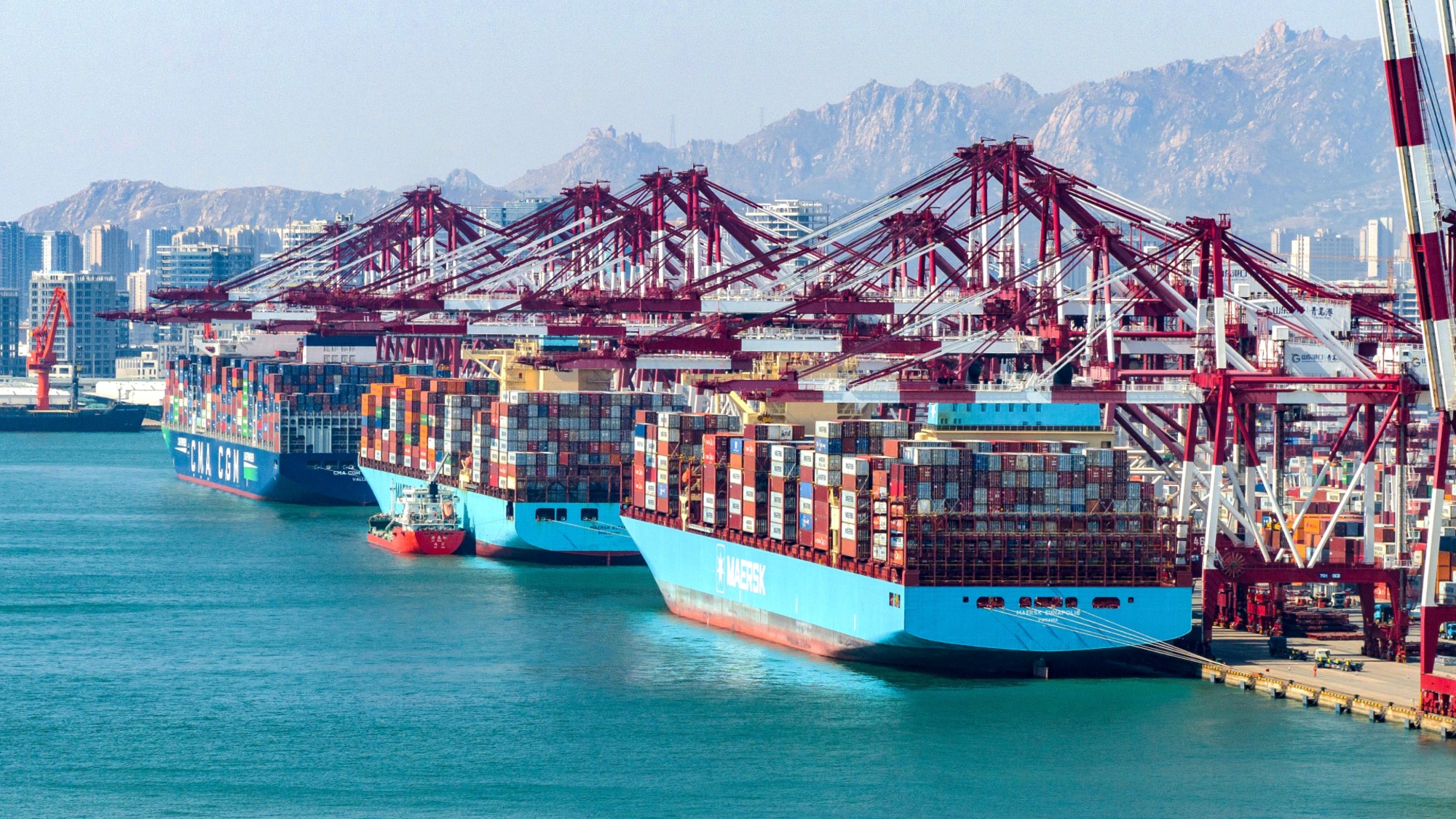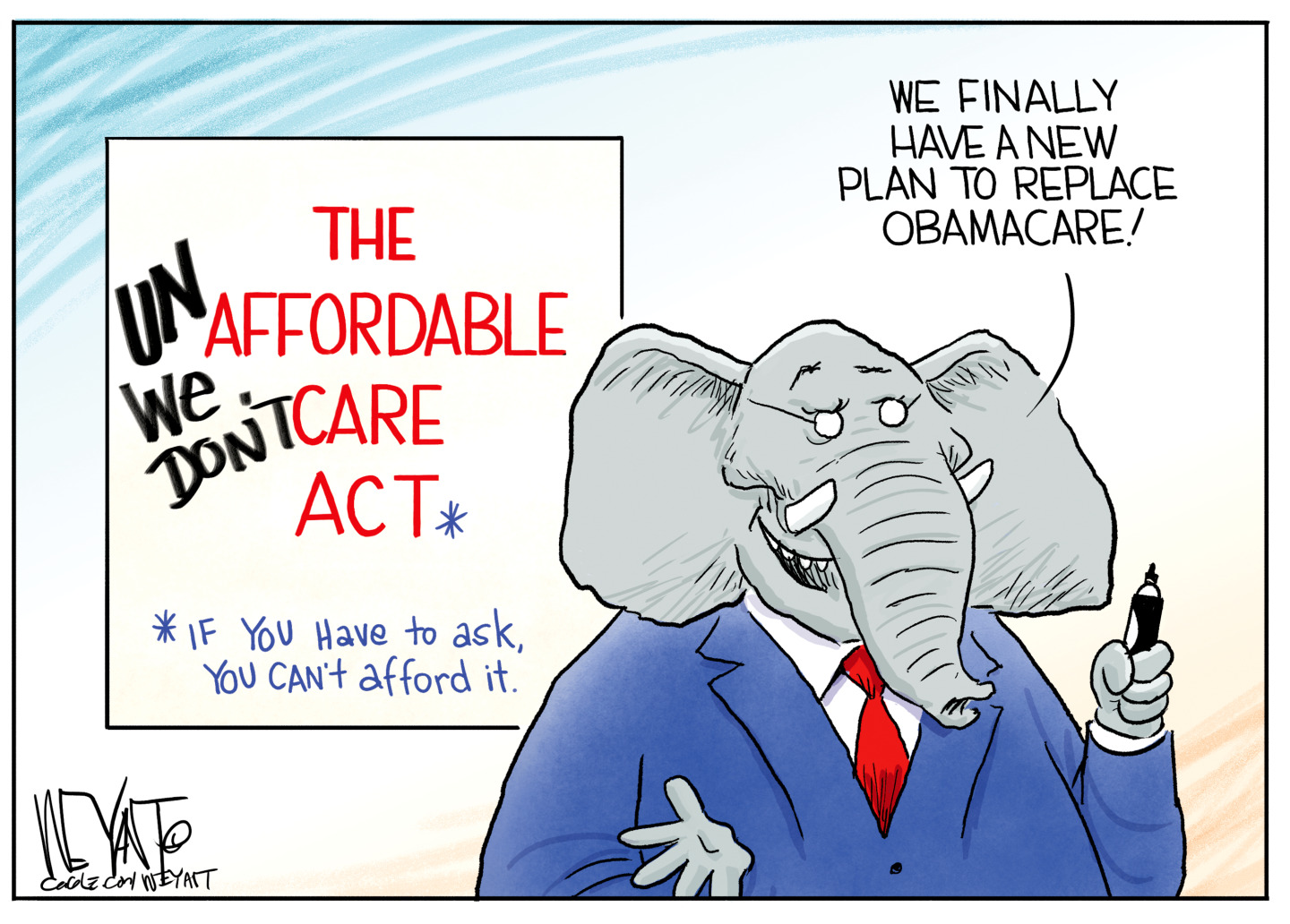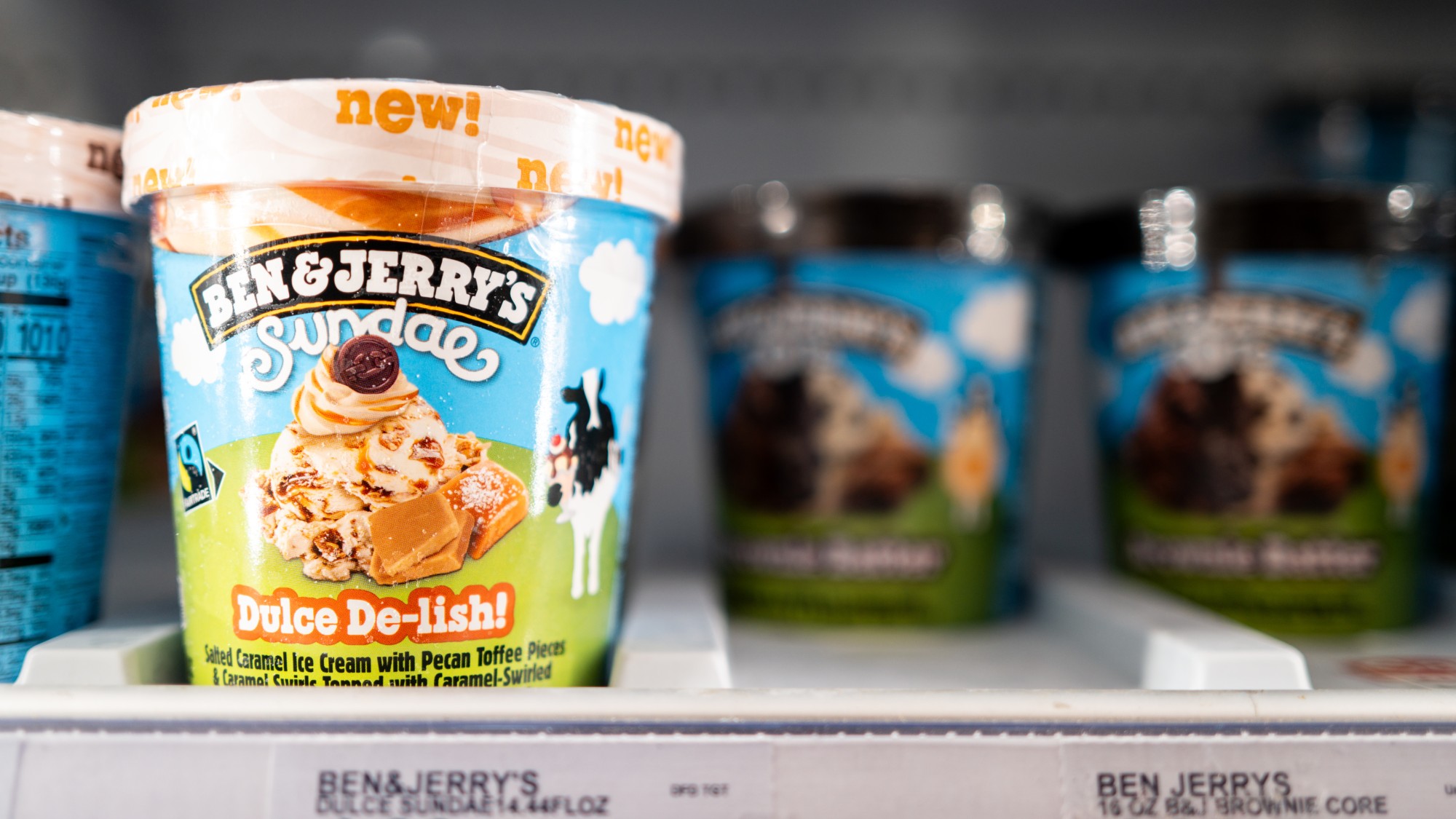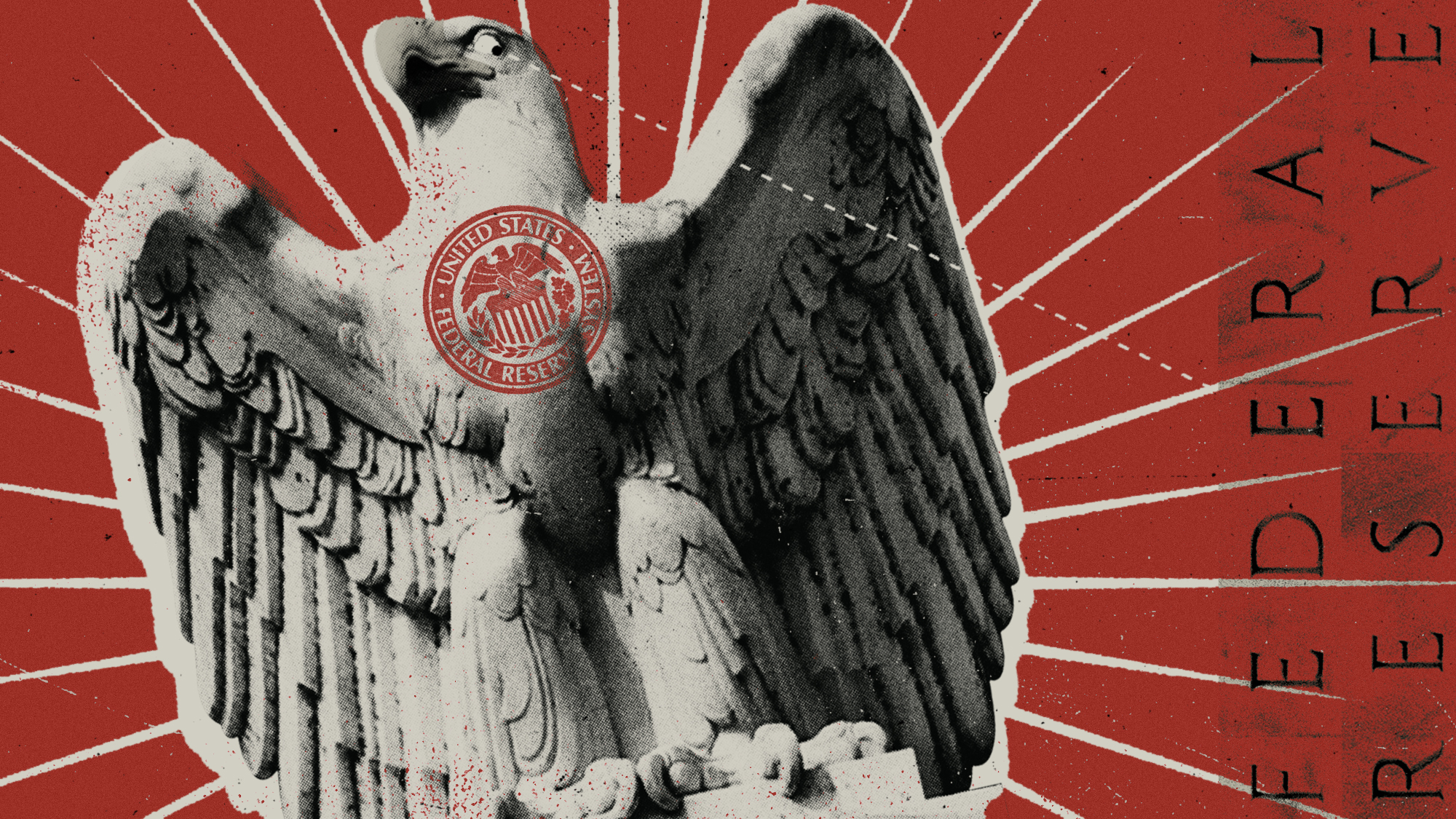'Tariff stacking' is creating problems for businesses
Imports from China are the most heavily affected


One of the results of President Donald Trump's back-and-forth trade war is that some business owners are paying much more than they had anticipated due to the economic phenomenon of tariff stacking, when separate tariffs are compounded. While tariff stacking is mostly being felt by Americans who import Chinese goods, business owners across the U.S. seem to be wary of the continuing trade war, no matter which country is importing goods.
What is 'tariff stacking'?
It is an economic scenario that occurs "when multiple tariffs apply to the same imported product under separate trade actions," according to the trade policy tracker Global Trade Alert. This can create "cumulative duties that increase the product's final effective rate," as is the case when Trump puts multiple tariffs on a country through executive actions.
However, not all tariffs stack on top of each other. Some "apply cumulatively, others are mutually exclusive," said Global Trade Alert. Trump's Executive Order 14289 established rules for tariff stacking whereby "certain tariff regimes supersede others and cannot stack."
The Week
Escape your echo chamber. Get the facts behind the news, plus analysis from multiple perspectives.

Sign up for The Week's Free Newsletters
From our morning news briefing to a weekly Good News Newsletter, get the best of The Week delivered directly to your inbox.
From our morning news briefing to a weekly Good News Newsletter, get the best of The Week delivered directly to your inbox.
How is this affecting American businesses?
It can cause small business owners to pay more than simply the initial cost of the tariffs, economic experts say. When Trump "adds a new tariff, the old ones don't go away," said Reuters. For many businesses, this means their "tariff bills are often far higher than the headline number touted in trade talks."
Tariff stacking is most often felt by companies that import Chinese goods because China has been one of the main targets of Trump's tariffs. The newest example is a deal between China and the United States that would see 55% tariffs on Chinese goods instead of the previous 30%. The White House downplayed the new tariffs' effect, saying that the "55% was not an increase on the previous 30% tariff on China because Trump was including preexisting tariffs," said The Associated Press.
But it is unclear whether this is true, as the 55% is "in part only an estimate of what the average preexisting tariffs were," said Reuters. For some, this could mean ambiguity. One example: John Hamer, the president of Rodgers Wade Manufacturing in Paris, Texas, who "isn't sure what his tariff total will be now," he told Reuters.
Even when Trump paused his steepest tariffs on China in May 2025, not much relief was offered to importers because stacking multiple import taxes sent the "true cost well above 30%," said CNBC. The "multiple layers of tariffs are a big problem for basic items like kids' backpacks that come largely from China," Dan Anthony, the president of Trade Partnership Worldwide, said to CNBC. "You're talking about rates of over 70%."
A free daily email with the biggest news stories of the day – and the best features from TheWeek.com
Other products don't have tariff rates quite as high, but are still facing significant upticks. Cotton sweaters "from China face a 46.5% tariff," while "women's bathing suits from China face a tariff of 54.9%" and "baby's dresses from China face a tariff of 41.5%," said CNBC. Some businesses are reportedly rethinking their models. "As a small business owner handling so much on my own, I can't afford the added stress," said Anjali Bhargava, the founder of spice company Anjali's Cup, to CNBC, adding that her company "will be discontinuing products as the special vacuum seal tins she uses sell out."
Justin Klawans has worked as a staff writer at The Week since 2022. He began his career covering local news before joining Newsweek as a breaking news reporter, where he wrote about politics, national and global affairs, business, crime, sports, film, television and other news. Justin has also freelanced for outlets including Collider and United Press International.
-
 What Nick Fuentes and the Groypers want
What Nick Fuentes and the Groypers wantThe Explainer White supremacism has a new face in the US: a clean-cut 27-year-old with a vast social media following
-
 5 highly amusing cartoons about rising health insurance premiums
5 highly amusing cartoons about rising health insurance premiumsCartoon Artists take on the ACA, Christmas road hazards, and more
-
 Codeword: December 21, 2025
Codeword: December 21, 2025The daily codeword puzzle from The Week
-
 SiriusXM hopes a new Howard Stern deal can turn its fortunes around
SiriusXM hopes a new Howard Stern deal can turn its fortunes aroundThe Explainer The company has been steadily losing subscribers
-
 Unemployment rate ticks up amid fall job losses
Unemployment rate ticks up amid fall job lossesSpeed Read Data released by the Commerce Department indicates ‘one of the weakest American labor markets in years’
-
 The longevity economy booms as people live longer
The longevity economy booms as people live longerThe Explainer The sector is projected to reach $27 trillion by 2030
-
 How will China’s $1 trillion trade surplus change the world economy?
How will China’s $1 trillion trade surplus change the world economy?Today’s Big Question Europe may impose its own tariffs
-
 Phish food for thought: Ben & Jerry’s political turmoil
Phish food for thought: Ben & Jerry’s political turmoilIn the Spotlight War of words over brand activism threatens to ‘overshadow’ the big ice cream deal
-
 Texas is trying to become America’s next financial hub
Texas is trying to become America’s next financial hubIn the Spotlight The Lone Star State could soon have three major stock exchanges
-
 Employees are branching out rather than moving up with career minimalism
Employees are branching out rather than moving up with career minimalismThe explainer From career ladder to lily pad
-
 Who will be the next Fed chair?
Who will be the next Fed chair?Today's Big Question Kevin Hassett appears to be Trump’s pick
